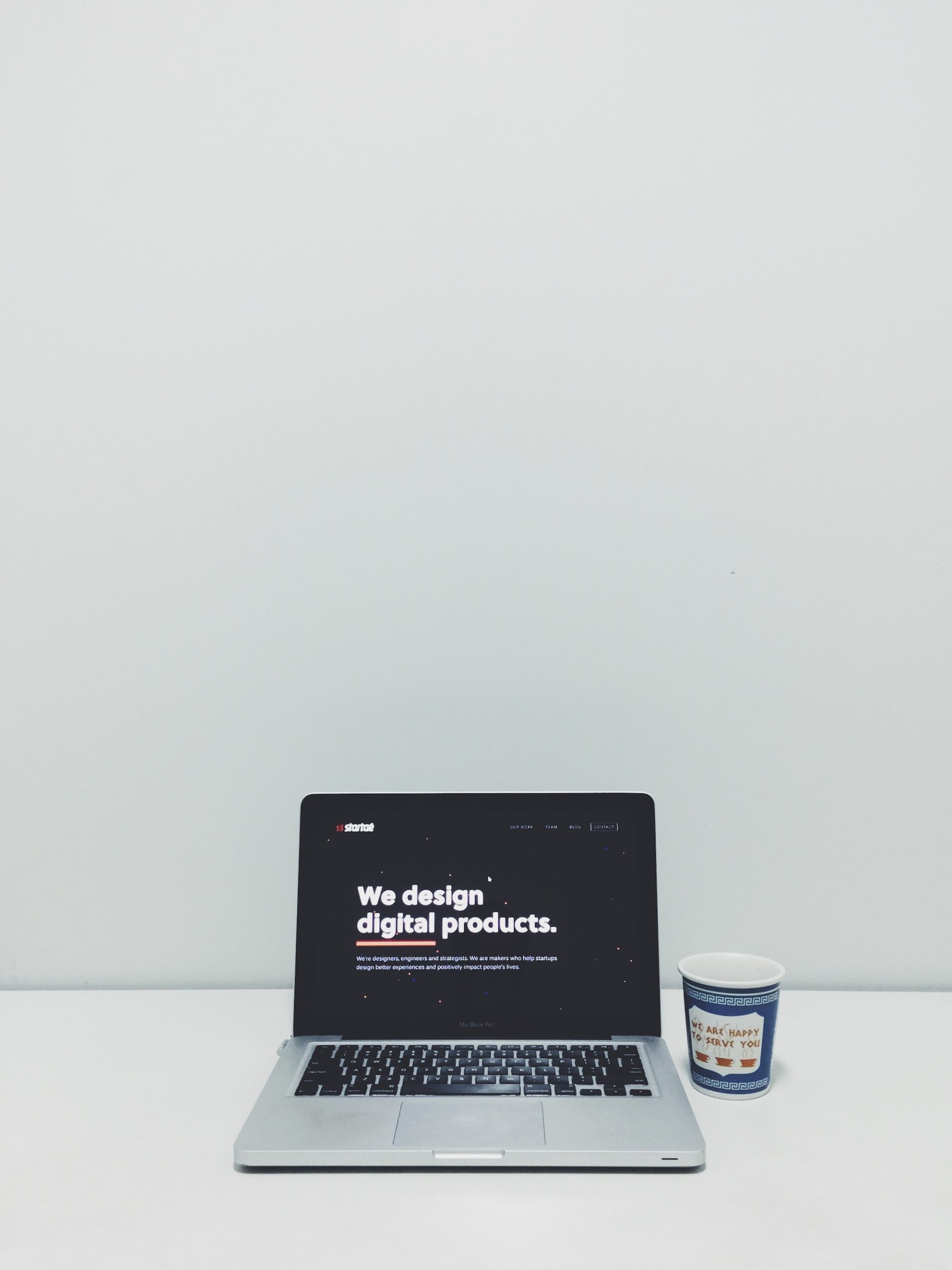Choosing the right resume format is one of the most important steps in your job search. Your resume is often the very first impression you make on a potential employer, and the format you choose can either help your skills shine or hide them away.
In this post, I’ll share a friendly and honest guide on the different resume formats, offer tips on how to pick the right one for your situation, and even answer some frequently asked questions along the way.
Why Your Resume Format Matters
Imagine showing up to a job interview in the wrong outfit—your skills and experience might be fantastic, but if they aren’t presented well, people might not notice them. Similarly, the resume format you choose plays a huge role in how recruiters and hiring managers see your qualifications.
A clear, well-organized resume can help you stand out in a crowded job market, especially when studies show that recruiters spend an average of just 6–7 seconds reviewing a resume before making a decision (source).
When you tailor your resume format to your personal history and the type of job you’re applying for, you increase your chances of landing that important interview. Whether you’re a recent graduate, a seasoned professional, or someone looking to change careers, the right format can help you tell your story in the best light possible.
Understanding the Different Resume Formats
There are three main resume formats that people commonly use: chronological, functional, and hybrid (or combination). Each has its own strengths, and the best choice depends on your personal circumstances and career goals.
Just Before You Go
Empower individuals to overcome barriers, gain essential skills, and secure gainful employment through our proven programs—KeelMaster, KeelWings, and KeelMate. Your support can spark change and build brighter futures.
Donate Now1. Chronological Resume
This is the most traditional resume format and is loved by many hiring managers because it provides a clear timeline of your work history. In a chronological resume, I list my work experience starting with the most recent job first. This format works best if you have a steady work history with clear career progression.
When to Use It:
- You have strong, continuous work experience in the field you’re applying for.
- You want to highlight career growth and promotions.
- You’re applying for a role in a traditional industry like finance, law, or education.
Pros:
- Easy for recruiters to follow your career path.
- Clearly shows your advancement and stability.
Cons:
- It might not be the best choice if you have employment gaps or if you’re making a significant career change.
2. Functional Resume
Also known as a skills-based resume, this format puts the spotlight on your skills and accomplishments rather than a detailed work history. It’s a great option if you’re switching industries, have gaps in employment, or if your skills are more impressive than your job titles might suggest.
When to Use It:
- You’re a recent graduate or a career changer.
- You have strong skills and accomplishments that aren’t tied to specific job titles.
- You have gaps in your employment history.
Pros:
- Focuses on what you can do rather than where you’ve worked.
- Helps to draw attention to your skills and accomplishments.
Cons:
- Some recruiters may prefer a clear timeline of work experience.
- It may raise questions about your work history if not formatted carefully.
3. Hybrid (Combination) Resume
The hybrid resume takes the best of both worlds—it blends elements of both chronological and functional formats. I usually start with a brief summary of my skills and accomplishments, then follow with a reverse-chronological work history. This format is ideal if you have a solid work history but also want to highlight your skills.
When to Use It:
- You have relevant work experience but also a diverse set of skills.
- You want to highlight both your achievements and your career progression.
- You’re applying for a role that values both hard and soft skills.
Pros:
- Provides a balanced view of your experience and abilities.
- Offers flexibility to showcase your unique career path.
Cons:
- It can be longer and more complex to format correctly.
- May confuse recruiters if not clearly organized.
Choosing the Right Resume Format for Your Story
When deciding which resume format to use, I always start by considering my career history and what I want to emphasize to potential employers. Here are some questions I ask myself:
-
What is my work history like?
If I have a strong and continuous work history, a chronological format might be best. But if my career has twists and turns or gaps, a functional or hybrid resume might be more effective. -
Which skills do I want to highlight?
If my skills are my greatest asset, focusing on them in a functional or hybrid format can draw attention to my strengths. -
What does the job description call for?
Some employers prefer a straightforward timeline of work experience, while others look for specific skills. Matching the format to the job description can give my resume an extra edge. -
How much experience do I have?
New graduates might benefit from a functional resume that emphasizes their skills and internships, while experienced professionals can lean towards a chronological or hybrid approach.
Additional Tips for Crafting Your Resume
-
Keep it Simple and Clear:
Avoid clutter. Use clear headings and bullet points to make the resume easy to scan. A neat design helps the recruiter quickly understand your experience and skills. -
Tailor Your Resume for Each Job:
I always adjust my resume to match the job description. Highlight the parts of your experience that are most relevant to the position you’re applying for. This customization can make a huge difference. -
Use Action Verbs:
Start bullet points with strong action verbs like “managed,” “developed,” or “created.” This approach makes your accomplishments sound dynamic and impactful. -
Keep It Updated:
Regularly update your resume as you gain new skills and experience. It’s much easier to update a current resume than to create one from scratch when an opportunity arises. -
Proofread:
Spelling and grammar mistakes can hurt your chances. I recommend taking the time to proofread your resume or asking a friend to review it. Sometimes, a fresh pair of eyes can spot errors you’ve missed.
Frequently Asked Questions
Which resume format do recruiters prefer?
Many recruiters like the chronological format because it clearly shows your work history. However, if you have unique skills or a non-traditional background, a functional or hybrid format might work better for you.
Can I use different formats for different job applications?
Yes, you can and should tailor your resume format to match the specific requirements of the job you’re applying for. This flexibility can help you highlight your strengths for each role.
Is it okay to include a summary at the top of my resume?
Absolutely. A brief summary or objective at the top of your resume can set the tone and give hiring managers a quick overview of your qualifications and goals.
How long should my resume be?
For most professionals, a one-page resume is ideal, especially if you have fewer than 10 years of experience. However, if you have extensive experience or are applying for an academic or executive position, two pages can be acceptable.
What if I have gaps in my employment?
A functional or hybrid resume can help downplay gaps by focusing on your skills and accomplishments rather than a strict timeline of employment.
Further Resources
If you’re looking for more detailed advice and examples, here are some trusted resources that helped me along the way:
- The Muse: A great site with lots of resume tips and examples.
- Indeed Career Guide: Offers plenty of resume samples for various industries.
- Glassdoor: Provides insights on resume formatting based on employer expectations.
These resources offer additional insights and real-world examples that can further help you decide on the best resume format for your career journey.
Wrapping It Up
Finding the right resume format isn’t about following a one-size-fits-all rule—it’s about understanding your own strengths and career history, and then presenting them in a way that makes the most sense for the job you want.
I’ve shared the pros and cons of the chronological, functional, and hybrid resume formats to help you figure out which might work best for you. Remember, your resume is your personal marketing tool, and investing time to get it right can open doors to opportunities that match your unique story.
So, after considering your background, skills, and the job you’re aiming for, which format of resume is the best?
Just Before You Go
Empower individuals to overcome barriers, gain essential skills, and secure gainful employment through our proven programs—KeelMaster, KeelWings, and KeelMate. Your support can spark change and build brighter futures.
Donate Now


